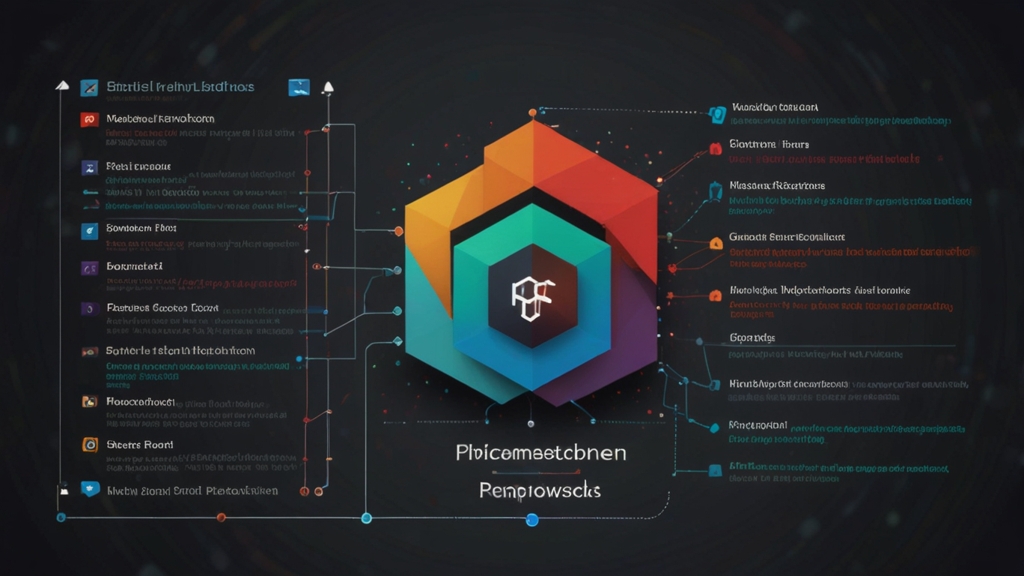Revealed: What Leading Companies Use for Their Front-End Frameworks
In the ever-evolving landscape of web development, staying ahead of the curve is paramount for businesses aiming to offer seamless and engaging user experiences. One pivotal aspect of this endeavor is the choice of a front-end framework. From providing a solid foundation for responsive design to ensuring optimal performance, the right front-end framework can make all the difference. Let's delve into what some of the leading companies are using to power their front-end development.
Facebook - React
Facebook's choice of front-end framework should come as no surprise to anyone familiar with the ecosystem. React, developed and maintained by Facebook, has revolutionized how developers think about building user interfaces. React's component-based architecture allows for efficient updates and renders, making it an ideal choice for dynamic and high-performance applications.
"React has allowed us to build and maintain large-scale applications with a high degree of performance and reliability." - Facebook Developer Team
One of the key features that set React apart is its Virtual DOM, which allows for minimal updates and faster rendering times. Companies around the globe have adopted React not only because of its performance benefits but also because of the vast ecosystem and community support it enjoys.
Google - Angular
Google is another giant that has left a significant mark on the front-end development world with Angular. Originally launched as AngularJS, the framework has since undergone several iterations and improvements, culminating in the robust and versatile Angular we know today.
Angular offers a complete solution for building and managing complex web applications. Its rich feature set includes two-way data binding, dependency injection, and a built-in module system. These features allow developers to create applications that are not only powerful but also maintainable and testable.
"Angular's comprehensive framework allows us to build complex applications with ease, ensuring a smooth and scalable development process." - Google Developer Team
Google leverages Angular for several of its applications and services, from internal tools to public-facing platforms, demonstrating its trust in the framework's capabilities.
Twitter - Vue.js
Vue.js has steadily gained traction and is the front-end framework of choice for Twitter. What makes Vue.js particularly appealing is its progressive nature—developers can incrementally adopt its features without having to overhaul existing codebases entirely.
Vue.js strikes a balance between the high performance of React and the comprehensive tooling of Angular. It offers a reactive data-binding system, a component-based architecture, and a robust ecosystem of tools and libraries. Vue's simplicity and ease of integration make it a popular choice for both small and large projects alike.
"Vue.js offers a flexible and lightweight framework that allows us to quickly iterate and improve our user interfaces." - Twitter Developer Team
Given its versatility and ease of use, Vue.js has found a home in the development stacks of many leading companies, including Alibaba, Xiaomi, and, of course, Twitter.
Conclusion
Choosing the right front-end framework can significantly impact the success of a web application. While React, Angular, and Vue.js are among the most popular and widely adopted frameworks, the choice ultimately depends on the specific needs and goals of the project.
Facebook's use of React showcases the framework's ability to handle dynamic and high-performance applications. Google’s reliance on Angular demonstrates its suitability for building complex and scalable applications. Twitter's adoption of Vue.js highlights the framework's flexibility and ease of integration.
By understanding the strengths and use cases of these leading frameworks, developers and companies can make more informed decisions that align with their objectives, ensuring that they harness the full potential of modern web development technologies.












